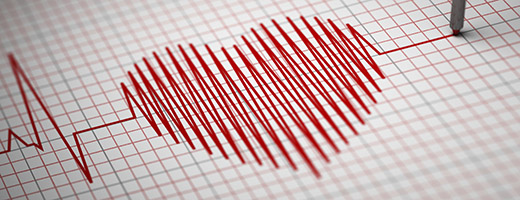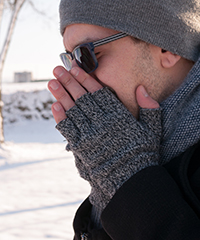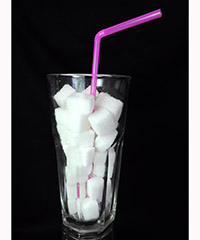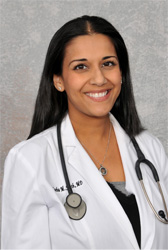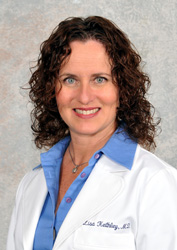I began offering BOTOX® injections for chronic migraines at our Pasadena practice in December 2015. Since then I have treated a number of patients who have noticed significant improvement. One patient was having migraines almost on a daily basis, and 1 month after beginning treatment, has had only 2 mild headaches. Another patient I’ve been treating went from having 20 severe migraine headaches per month to 14 (8 mild and 6 moderate), and has not had to take prescription pain medications since her first Botox treatment.
BOTOX® is the only FDA-approved, preventative treatment that is injected by a doctor every 12 weeks for adults with Chronic Migraine (15 or more headache days a month, each lasting 4 hours or more). BOTOX® prevents up to 9 headache days a month (vs. up to 7 for placebo). BOTOX® therapy is not approved for adults with migraine who have 14 or fewer headache days a month.
Most insurances will cover BOTOX® as long as you meet the criteria for chronic migraine (see above) and have tried at least 2 chronic medications, such as beta blockers or other blood pressure medications, Topiramate, anti-depressants, etc. Even if you have experienced some improvement with these medications, you may still qualify for BOTOX®.
The most common side effect of BOTOX® is neck pain. Other side effects which may occur include dry mouth, discomfort or pain at the injection site, tiredness, headache, neck pain, and eye problems, such as double vision, blurred vision, decreased eyesight, drooping eyelids, swelling of your eyelids, and dry eyes. Serious and/or immediate allergic reactions may include itching, rash, red itchy welts, wheezing, asthma symptoms, or dizziness or feeling faint.
If you suffer from chronic migraines and want to see if this course of treatment might be right for you, you should discuss this option with your primary care provider. For more information please call our office at 410.255.2700, or visit the Pasadena office page.
 Dr. Pham is a Maryland Primary Care Physicians, LLC partner, is certified by the American Board of Family Medicine, and has been performing cosmetic BOTOX® injections since 2008.
Dr. Pham is a Maryland Primary Care Physicians, LLC partner, is certified by the American Board of Family Medicine, and has been performing cosmetic BOTOX® injections since 2008.

